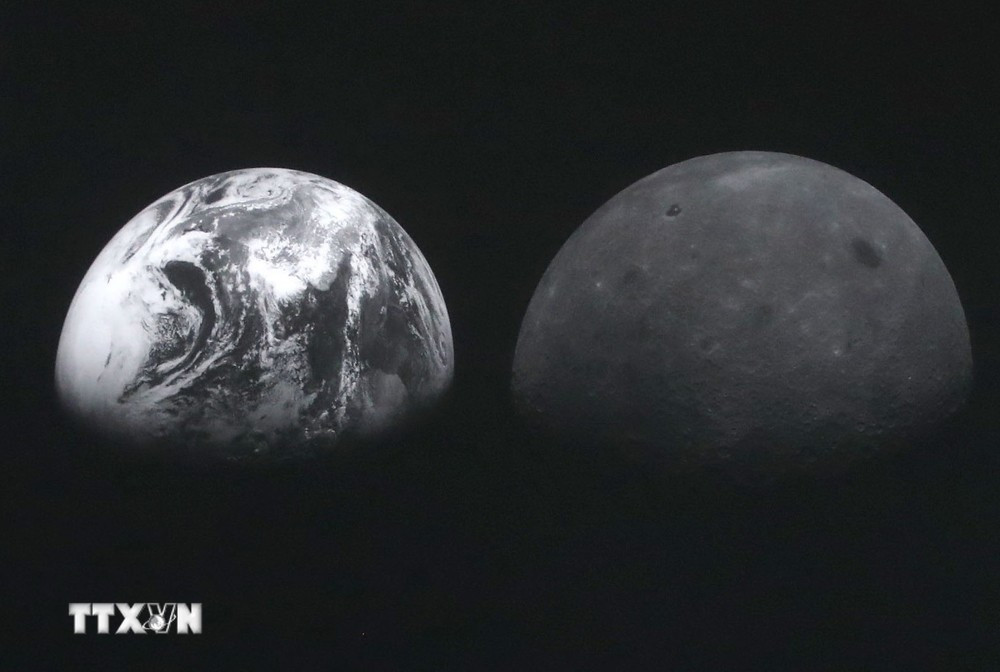On July 15, a group of Italian scientists confirmed the existence of a fairly large cave on the Moon, which could be used as a shelter for future astronauts.

The cave was discovered near the Sea of Tranquility, about 250 miles (400 km) from where astronauts Neil Armstrong and Buzz Aldrin landed 55 years ago.
The cave was identified through radar measurements from NASA's Lunar Reconnaissance Orbiter. According to scientists, the cave was formed by the collapse of a lava tube, measuring at least 130 feet (40 meters) wide and reaching considerable depth.
The discovery is significant, the researchers said, because the lunar cave has remained a mystery for 50 years. Scientists also suspect the existence of hundreds of similar caves, as well as thousands of lava tubes, on the lunar surface.
Most of the craters are found in ancient lava plains, with potential locations at the Moon's south pole — an area targeted for upcoming NASA missions later this decade.
These natural shelters could protect astronauts from cosmic rays, solar radiation, and impacts from small meteorites.
Building the habitat from scratch would be more time-consuming and challenging, the team said, even taking into account the need to reinforce the cave walls to prevent collapse.
Additionally, the materials inside these caves, preserved from the harsh surface environment, could provide valuable insights into the Moon's geological history and volcanic activity.
VN (according to VNA)